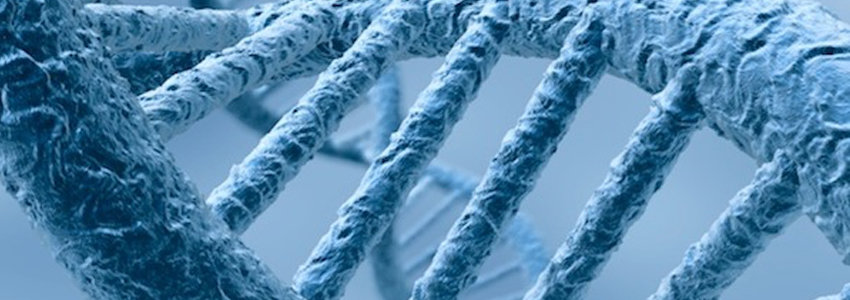Stem cells are biological cells that may develop into many different types of cells in the body in its early stages of development. They are known to serve as a sort of internal repair system, dividing without limit to replenish other cells as and when required.(1)
Now a study conducted by the National Institute of Standards and Technology shows that it is possible to ‘induce’ stem cells to develop into a certain specific type of cell just by controlling their shape. This has immensely beneficial implications in the field of osteoporosis treatment as it points at designing material which will help regeneration of lost or damaged tissues in the body.(2)
It is known that in the realms of tissue-engineering, the primary objective is to repair as well as regenerate partially lost or damaged body tissues. This is done using stem cells which as mentioned earlier have the capability to develop into many different types of cells. However, the specific study conducted by team of researchers at the NIST looked at the stromal cells of the human bone marrow as well as the adult stem cells. The scientists separated these stromal cells and the adult stem cells from the marrow and could differentiate into bone, fat or cartilage cells.(3)
Chemical cues have been used in cases where the researchers have been able to identify the proper hormones in bone cells. In other cases, plain mechanical patterning has worked whereby cell differentiation on flat surfaces can be controlled by ‘patterning’ the surface of the cell such that they are able to restrict the locations where growing cells can attach themselves. The experiments that were conducted by the NIST however were done without additions of any biochemical supplements other than what was required to provide a cell growth medium.
The study which was supported by National Institute of Dental and Craniofacial Research, National Institutes of Health, looked into the tissue scaffold designs. The scaffolds were made out of bio-compatible polymers. These scaffolds served the purpose of providing a temporary implant that gave the cells a firm structure on which they could grow and eventually rebuild tissue. The scaffolds were microscopic nanofibre ones and basically of 3 types:
- Those that that looked like clumps of insect-eaten lettuce.
- Freeform fabrication (like microscopic rods stacked in a crisscross pattern), and
- Electrospun nanofibers (a random nest of thin fibers)
Next, the bone marrow stromal cells were cultured on each of these scaffolds to see which of the patterns were most effective at creating calcium deposits. When the results came, they showed that the stem cells differentiated most efficiently on the nanofiber scaffolds (the ones that resembled a random nest of thin fibers) even without any hormone additives. This was not true on other scaffold or architectures. Clearly, it was concluded, that the distinction came from the shape.
The rationale was that mature bone cells are characteristically long and stringy with several extended branches. Of the five different scaffolds, only the nanofiber one, in effect, forced the cells to a similar shape, long and branched, as they try to find anchor points
As per NIST biologist Carl Simon, Jr., “A good strategy to design future scaffolds would be to take into account what shape you want to put the cells in. That’s kind of a tall order though, you’d have to understand a lot of stuff: how cell morphology influences cell behaviour, and then how the three-dimensional structure can be used to control it.”
SOURCES:
1. Stem Cells Basic; Stem Cell Information- The National Institutes of Health Resource For Stem Cell Research; April, 2009;
http://stemcells.nih.gov/info/basics/basics1.asp
2. Shaping Up: Controlling a Stem Cell’s Form Can Determine Its Fate; Science Daily; September, 2011;
http://www.sciencedaily.com/releases/2011/09/110913172708.htm
3. Shaping Up: Controlling a Stem Cell’s Form Can Determine Its Fate; NIST- Material Measurement laboratory; September, 2011;
http://www.nist.gov/mml/polymers/bone-091311.cfm





Article Comments